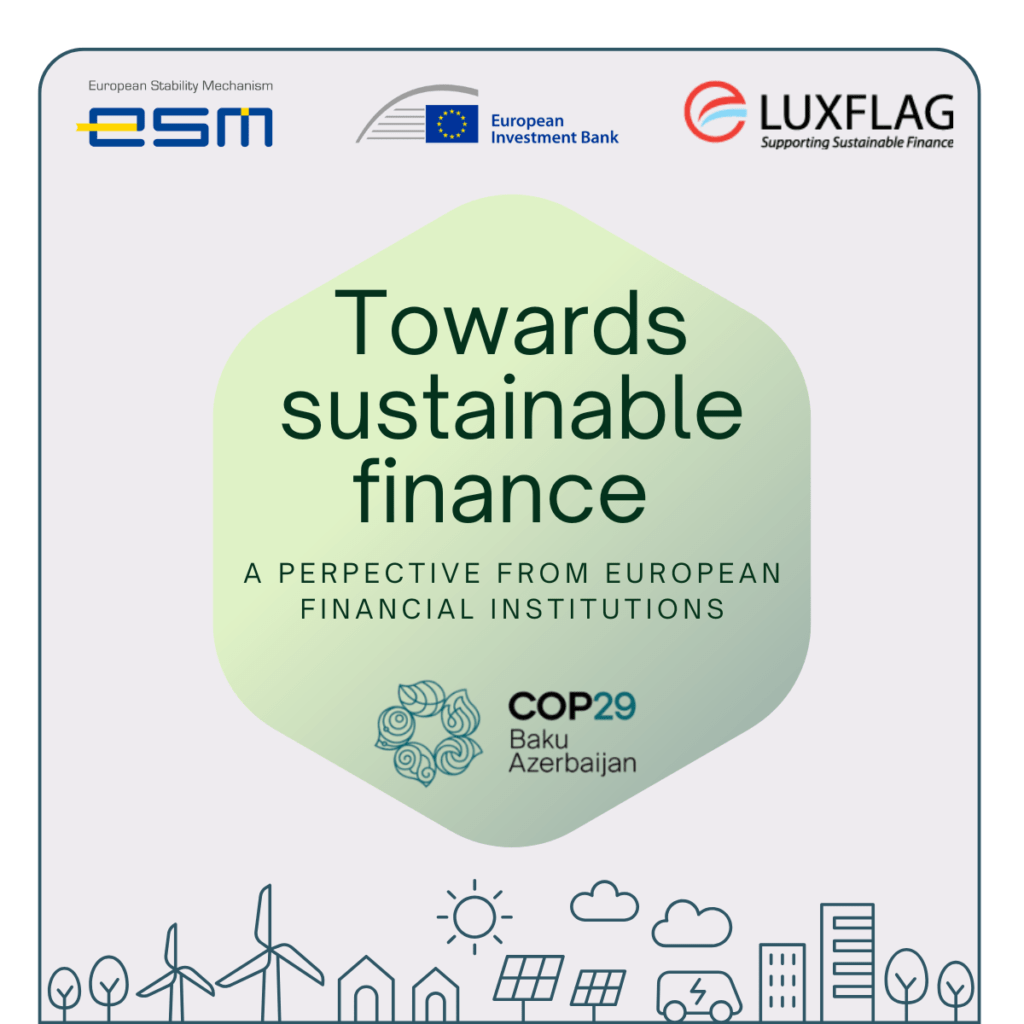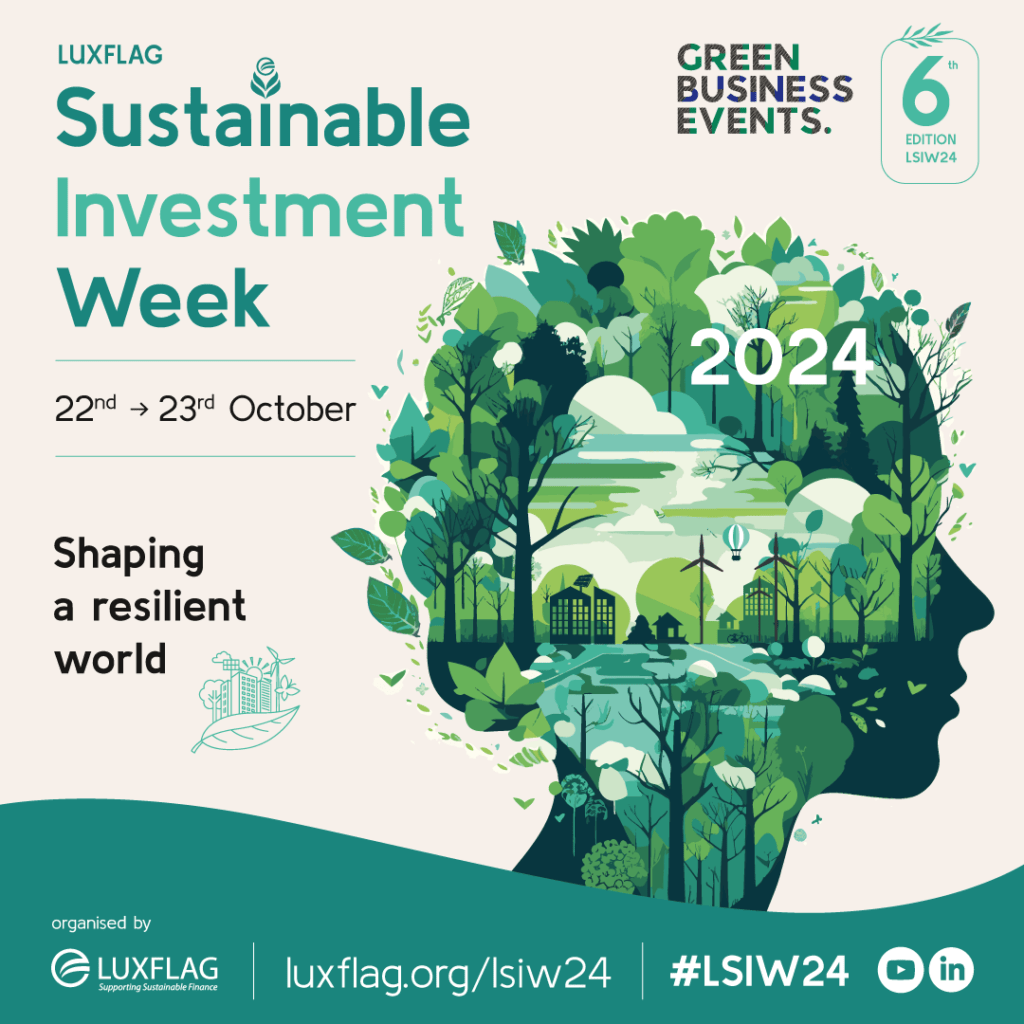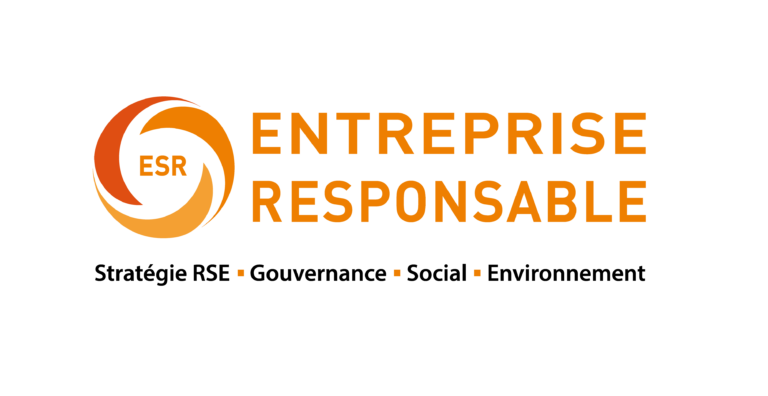Labelling as a tool to promote the sustainable finance transition
For the past 16 years, LuxFLAG (Luxembourg Finance Labelling Agency), has been developing and expanding its range of labels for funds and other financial products. Now regulators and other officials are catching up with the urgency of the sustainability transition. Ms Chrysa Alexandraki, Sustainability Operations Officer and Ms Roberta Consiglio, Business Development Officer outline the challenges faced by asset managers in a fast-evolving environment and the ways in which LuxFLAG can help them respond.
Asset managers and other financial product providers today are confronted with the task of managing an ever more complex regulatory environment governing sustainability practices and reporting, alongside the gradual harmonisation of regional and international standards – as well as managing frustration over the slow emergence of the essential supporting data.
However, they are finding that LuxFLAG’ s 15-plus years of experience providing labelling according to environmental, climate and sustainability criteria offers essential support in confronting these increasingly urgent challenges.
For financial institutions in Europe, the pace of regulatory evolution has been steadily accelerating since the European Commission’s publication in 2018 of its Sustainable Finance Action Plan to enlist the financial industry to help drive the EU’s climate and sustainable development agenda.
Over the past four years, new legislation under the Action Plan has taken effect in Europe: the EU’s Benchmark Regulation, the Sustainable Finance Disclosure Regulation (its implementing rules will come into force next January 1) and the Taxonomy Regulation. Proposals for the Corporate Sustainability Reporting Directive (CSRD) and Corporate Sustainability Due Diligence Directive are also advancing through the legislative process. Furthermore, sustainability preferences were added to MiFID II client questionnaires last August.
Delays and data gaps
Some of the legislative and guidance changes call for a shift in focus on the part of financial institutions, for example the recent report by the Commission’s Platform on Sustainable Finance on the planned social taxonomy and its draft advice on minimum safeguards, which underline the increased importance of social impact and governance considerations.
Asset managers and other institutions say compliance with the new rules is made more difficult by overlap and divergence among international and in some cases, European standards, as well as delays in the arrival of regulatory guidance and detailed implementing rules (notably for the SFDR), which can add to their costs.
They also complain that lagging availability, consistency and comparability of data on the sustainability of underlying investments remain a barrier to effective ESG transparency. However, this is gradually being eased by proactive reporting by companies and in Europe at least, the planned introduction of the CSRD, which will apply to an estimated 50,000 companies from January 2024, should represent a major step forward.
European regulators have been urged to establish a common language – not least a clear definition of what ‘sustainable’ entails. EU efforts should be bolstered by the establishment in 2021 by the International Financial Reporting Standards Foundation of the International Sustainability Standards Board to help meet investor demand for more transparent and comparable corporate ESG reporting.
Market credibility for sustainable finance leaders
Against this backdrop, LuxFLAG has a critical ongoing role to play in helping the industry meet the challenges of the future. LuxFLAG’s mission is two-fold: to support and enable the financial sector’s sustainability transition at an international level, and to identify sustainable finance leaders and provide them with market credibility for their governance and internal processes.
We verify not only the product and its portfolio, but also the institution’s underlying processes, including ensuring that the construction process for the portfolio adheres to the label criteria. Thus, the labelling process involves not only review of documentation but sampling and testing of the portfolio to ensure that the research process is systematic and has been conducted properly.
LuxFLAG complements legislative requirements such as the SFDR, in which the sustainability disclosure is placed on asset managers, by providing a critical additional layer of quality assurance, by independently reviewing and verifying that market participants meet substantive sustainability standards.
The eligibility criteria for the various LuxFLAG labels incorporate the latest regulatory developments without requesting an additional effort on applicants. Nevertheless, in practice the process exerts significant influence on their behaviour and governance – for example, changing their policies, on occasion radically, to align with the best practice standards we promote through LuxFLAG’ s eligibility criteria and exclusion policy. In practical terms, fund managers might be asked in order to obtain the label, for instance, to incorporate a clause in their ESG Watchlist Policy regarding the systematic engagement with companies found in breach of the United Nations Global Compact (UNGC) 10 principles, encompassing human rights, labour, environment, anti-corruption and/or OECD Guidelines for Multinational Enterprises and/or equivalent internationally recognised standards to assess the behaviour of companies.
Broader role in the sustainability transition
Our organisation is conscious of its broader role in the transition toward sustainability, for example, making our in-house deep knowledge and expertise available to asset managers seeking guidance. This can involve ongoing regulatory advancements as well as our perceptions of future market trends in the sustainability field.
The sharing of best practice also involves the development of principles and standards, as well as identifying through our operations issues for their significance to asset managers as well as their complexity – for example, areas not yet regulated by the EU. LuxFLAG periodically draws up principles to enhance the application process and provide reassurance to asset managers and others on how to perceive and respond to such issues. This task is facilitated by the creation of working groups comprising renowned industry experts ready to share their knowledge and expertise.
In addition, a vital element of LuxFLAG’ s labelling application process is feedback to applicant asset managers to help them undertake additional steps toward sustainability. This may involve suggested improvements to governance, investment policies, disclosure and the investment process itself. We have realised that asset managers renewing their label often demonstrate enhanced procedures and disclosures inspired by our standards. Obtaining a LuxFLAG label itself constitutes a source of additional international recognition and credibility regarding sustainability in the broadest sense in the financial markets.
Sustainability poses a substantial ongoing challenge to the whole of the financial industry. While LuxFLAG does not offer solutions in all these areas, we are keen to play a critical part in this process by sharing best practice that can foster wider change, as well as providing an incentive for asset managers to advance further along their journey to sustainability.







